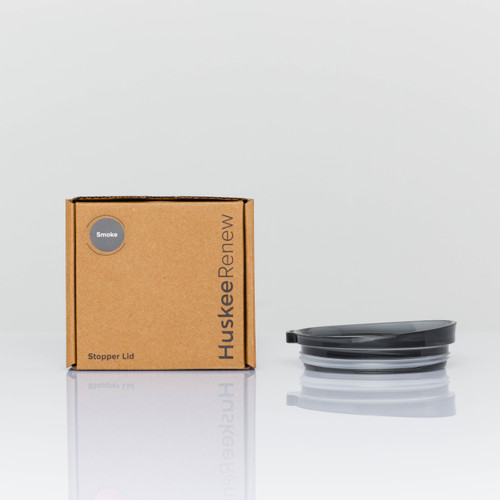Embracing Eco-Friendly Packaging: Huskee's Ongoing Journey of Sustainability
Posted by Huskee on 3rd Nov 2023
In today's market, where environmental consciousness is at an all-time high, brands are recognising the urgent need to adopt eco-friendly practices. It's not just the products themselves, but even the packaging that a customer receives them in needs consideration. Single-use packaging has long been a concern due to its detrimental impact on the environment and heavy reliance on plastics. We all have those horror stories of a small item, shrink-sealed, wrapped in a plastic bag, in a box with plastic air pillows or peanuts, in a plastic shipping sachel...etc.
Companies, by explicitly considering their packaging, allows them big opportunities for impact and not only reduces carbon footprints but also reap economic benefits and enhance customer appeal. In this blog post, we will explore the significance of eco-friendly packaging and showcase our achievements at Huskee, in successfully implementing sustainable packaging practices.
The Environmental Impact of Single-Use Packaging
Single-use packaging, often made from non-recyclable materials such as plastic and styrofoam, is often necessary to protect products from damage and ease of storage and transport. But, it poses a significant threat to our planet if not managed and the costs are high. The production and disposal of these materials contribute to pollution, deforestation, and the accumulation of waste in our landfills and oceans.
It is hard to fathom and accept, but the use of single-use plastic packaging is still increasing (source).
Benefits of Eco-Friendly Packaging
As consumers become more environmentally conscious and aware of this impact, they are demanding greener alternatives and pushing brands to reevaluate their packaging choices. In many countries around the world, legislation is being brought in to ban or regulate on this issue to help stem the tide. Embracing eco-friendly packaging offers a multitude of advantages for a company.
- It aligns with sustainability goals, reducing the overall environmental impact of a brand's operations. By utilizing recyclable or compostable materials, brands can contribute to the circular economy, minimizing waste and resource usage.
- Minimising packaging is cost-effective in the long run. While this may require initial investments for redesign, reduced material costs and potential tax incentives can lead to significant savings over time.
- Customers are increasingly drawn to brands that prioritize sustainability. Eco-friendly packaging shows a brand's commitment to environmental responsibility, enhancing its reputation and attracting like-minded consumers.
The Priority of Packaging Decision-Making
Deciding how to tackle single-use packaging is a strategic decision, and one that has a specific priority of effort. In guiding our decision-making, Huskee follows waste hierarchy and circular economy principles. Here is our approach in order:
- Eliminate any unnecessary packaging where we can
- Minimise the packaging content used wherever possible
- Ensure all packaging materials used are easily recyclable in existing systems
- Ensure that packaging contains recycled content where possible
How is Huskee is achieving these goals?
While the above is our guiding strategy, you might be interested in how Huskee is achieving these goals. Here is some detail of what we have achieved to date:
- Huskee packaging is 100% plastic-free. You will not find plastic sleeves 'protecting' our products. We purposefully excluded these, which are commonly found around many reusable products as a barrier/protection and are unnecessary plastic packaging. As a demonstration of this impact, in 2022 Huskee eliminated 254,700 single-use plastic items from single cup & lid units sold.
- In 2023, Huskee redesigned our individually boxed SUP packaging and purposefully in our design, we:
- used display window cut-outs instead of stickers to identify product types and colour
- have not used plastic windows or sleeves in the packaging
- use uncoated, unbleached kraft cardboard for better recycling outcomes


